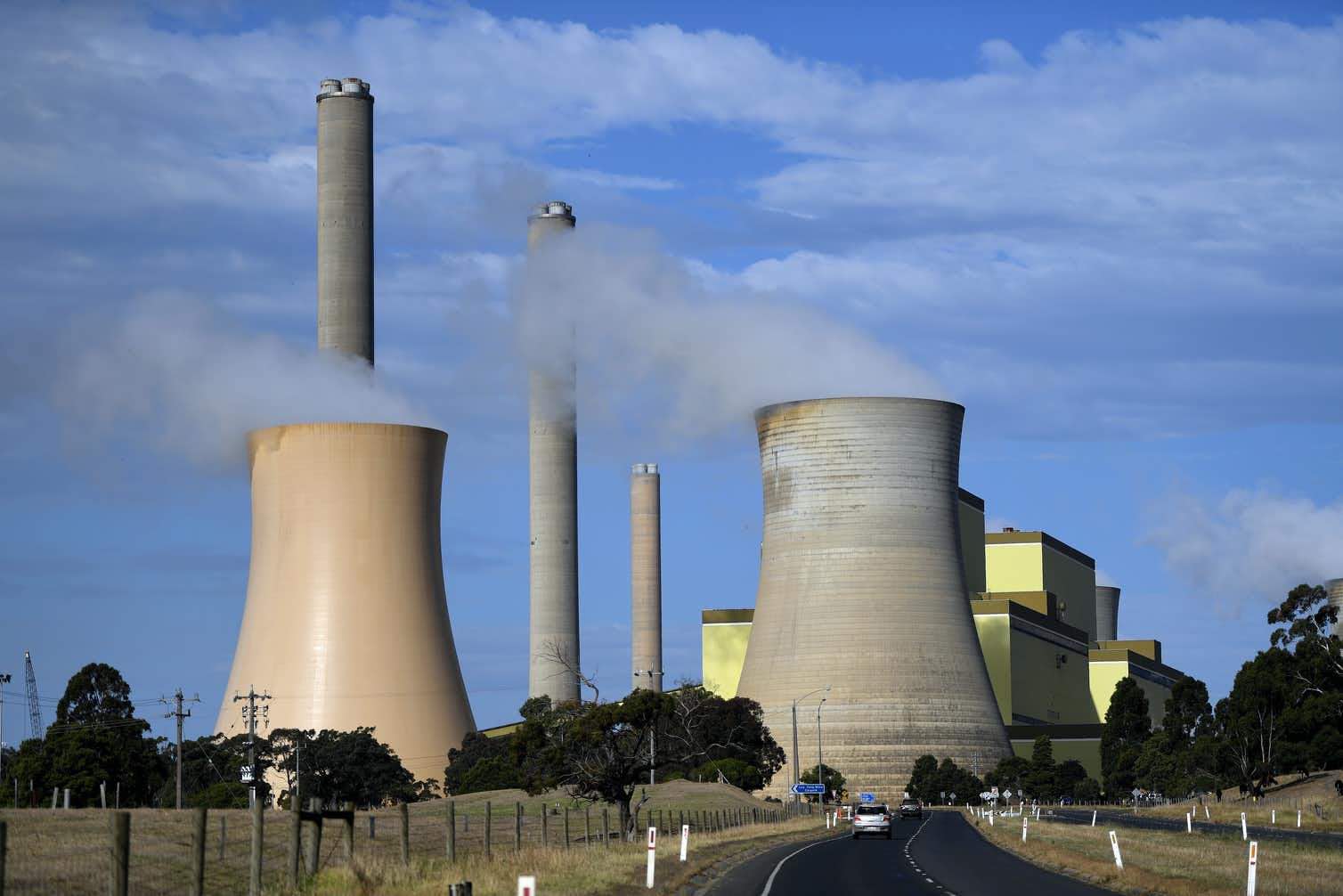A focus on carbon credits may serve to hamper Australia’s efforts to reduce its emissions, warn researchers from The Australia Institute.
In a submission to the Chubb Review, TAI senior researcher Polly Hemming and climate program director Richie Merzian argue carbon credits will distract from implementing policies that actively will reduce emissions.
Effective policies include stopping all fossil fuel subsidies and projects, phasing out current fossil fuel extraction, promoting energy efficiency and demand management, investing in renewable energy, and electrifying transport.
“Whether intentional or not, to date the role of carbon credits in Australia is not to address climate change, but to greenwash business as usual. That greenwashing includes the heavy emphasis on co-benefit,” they write.
“While this Review and the Safeguard Reforms are welcome and overdue, they seem to distract from discussion and implementation of policies that would actually reduce emissions.”
Moving too fast
The system is getting ahead of itself however: reforms that will create new carbon credits have already been announced, before a review into the viability of Australia’s system returns a verdict.
The Chubb Review, to be published in December, is investigating claims that Australia’s carbon credit schemes do not achieve what they are intended to.
These claims include allegations that Avoided Deforestation credits are issued based on a flawed methodology that assumes unrealistically land clearing rates, up between 751 per cent and 12,804 per cent on what is actually taking place.
But the government is set on putting reforms to the Safeguard Mechanism to Parliament in November. The mechanism makes it compulsory for around 215 facilities in Australia that produce more than 100,000 tonnes of greenhouse gases a year to offset their emissions.
The government wants to encourage actual emissions reductions by creating a new type of tradable credit for emitters that reduce their pollution below a new yet-to-be-determined baseline.
Putting the credit before the reduction
Yet carbon credits should be the last option rather than the first, Hemming and Merzian argue.
“The global Science-Based Targets Initiative (SBTI), which helps organisations set targets in line with 1.5 degrees, specifies that carbon credits cannot be counted as emissions reductions towards short or long-term science targets, but should only be used after organisations have reduced emissions by more than 90 percent,” they write.
“Australia’s climate policies and public discussion tend to focus not on the first 90 percent of emissions reduction, but on offsets and the final ten percent.”










